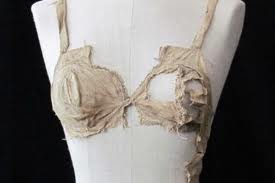http://pagead2.googlesyndication.com/pagead/show_ads.js
 Long-forgotten remains of a long-forgotten species, have been discovered in a museum drawer in Scotland. The beast, a dolphin-shaped crocodilian “super predator,” was able to eat other species its size and larger.
Long-forgotten remains of a long-forgotten species, have been discovered in a museum drawer in Scotland. The beast, a dolphin-shaped crocodilian “super predator,” was able to eat other species its size and larger.Back when Tyrannoneustes was alive, the area in central England where the fossils were discovered was covered in a shallow sea encompassing much of what is now Europe. Originally found between 1907 and 1909, the fossil has been lost in a drawer at the Hunterian Museum and Art Gallery in Glasgow for nearly 100 years.

There are no modern descendents of the animal. Instead, this predator was a kind of metriorhynchid, an extinct family of marine crocodiles.
The discovery of Tyrannoneustes shows that during the Middle Jurassic, metriorhynchid crocodiles were beginning to evolve into predators of large-bodied prey. By the Late Jurassic, numerous metriorhynchid species were suited to feeding on large prey, but Tyrannoneustes is the first known from the Middle Jurassic. How this impacted upon other predatory groups such as pliosaurs and ichthyosaurs is still unclear.





























